3 Quark Cheese Substitutes with a Creamy Finish
Quark cheese is a fresh, creamy dairy product popular in European cooking, prized for its mild flavor and smooth texture.
When quark isn’t available, ricotta, cottage cheese, or cream cheese can serve as effective substitutes, each offering a slightly different consistency and taste.
Choosing the right alternative depends on the specific recipe and desired texture.
These cheeses work well in both sweet and savory dishes, from cheesecakes to spreads.
Adjusting moisture levels or blending the cheese can help mimic quark’s unique creaminess.
With versatile options at hand, you can easily adapt recipes calling for quark without sacrificing flavor or texture.
Discover the best quark substitutes to keep your dishes authentic and delicious.
Creamy Quark Cheese Alternatives
Quark cheese alternatives provide creamy, tangy texture perfect for dips, spreads, and baking. Some swaps add extra richness or lightness. Several choices are worth trying.
Cottage Cheese
Quark cheese's mild flavor makes it an excellent substitute for both savory and sweet dishes, with its distinctive wrinkled appearance as an un-aged, unpressed cheese.
Cottage cheese offers a similar mild taste profile, making it a viable alternative when consistency isn't crucial to your recipe.
The main difference lies in cottage cheese's higher moisture content, though this rarely affects the final dish significantly.
For those times when you need a thicker texture, simply adding a small amount of cornstarch to cottage cheese creates an almost perfect match for quark.
Many people prefer cottage cheese simply because it's more readily available in local grocery stores, allowing for equal measurement substitutions in most recipes.
Cream Cheese
Cream cheese stands out as the top substitute for quark cheese in sweet dishes like cheesecake because of its naturally sweet flavor instead of tartness.
The shared soft yet firm texture makes it perfect for baking recipes where structure matters.
Many home bakers prefer this option since it maintains its shape while cooking and blends smoothly with other ingredients.
For the best results, use a simple 1:1 ratio when making the swap in your recipe.
Adding a splash of lemon juice or vinegar can help balance the flavor profile since cream cheese lacks the slight acidity found in quark.
Greek Yogurt
Substituting Greek yogurt for quark cheese delivers that perfect sour tang in creamy dishes while keeping things healthy.
Most grocery stores stock Greek yogurt in their dairy section, making it a convenient grab when your recipe calls for quark.
The nutritional profile closely matches quark with impressive protein content, but Greek yogurt often contains fewer calories – a bonus for anyone watching their intake.
Many people appreciate how Greek yogurt maintains the same creamy texture in cheesecakes, dips, and spreads without compromising flavor.
Regular plain yogurt works too in a pinch, though the consistency might need some adjusting with a cheesecloth to match quark's thickness.
How Can You Ensure Balanced Flavor When Replacing Quark In Different Recipe Types?
To maintain balanced flavor when substituting quark, it’s important to choose alternatives that match its mild, tangy profile and creamy texture.
For recipes like cheesecakes or creamy desserts, options such as Greek yogurt, ricotta, or cream cheese can work well, but you may need to adjust sweetness or acidity to keep the taste harmonious.
In savory dishes, consider blending substitutes with a touch of lemon juice or sour cream to mimic quark’s subtle tang. Tasting and tweaking seasonings during preparation helps achieve the desired flavor balance across various recipes.
Does Using A Quark Substitute Change The Moisture Level In Cheesecakes Or Pastries?
Yes, substituting quark can impact moisture levels since different dairy products have varying water content and textures.
For instance, Greek yogurt usually contains more moisture than quark, which might make batters or fillings thinner and require you to add a bit more flour or a thickening agent to achieve the right consistency.
On the other hand, ricotta or cream cheese tends to be thicker and denser, potentially resulting in a firmer texture. It’s essential to keep an eye on the mixture as you go and adjust the amount of liquids or dry ingredients accordingly to maintain the perfect moisture balance in your cheesecakes or pastries.

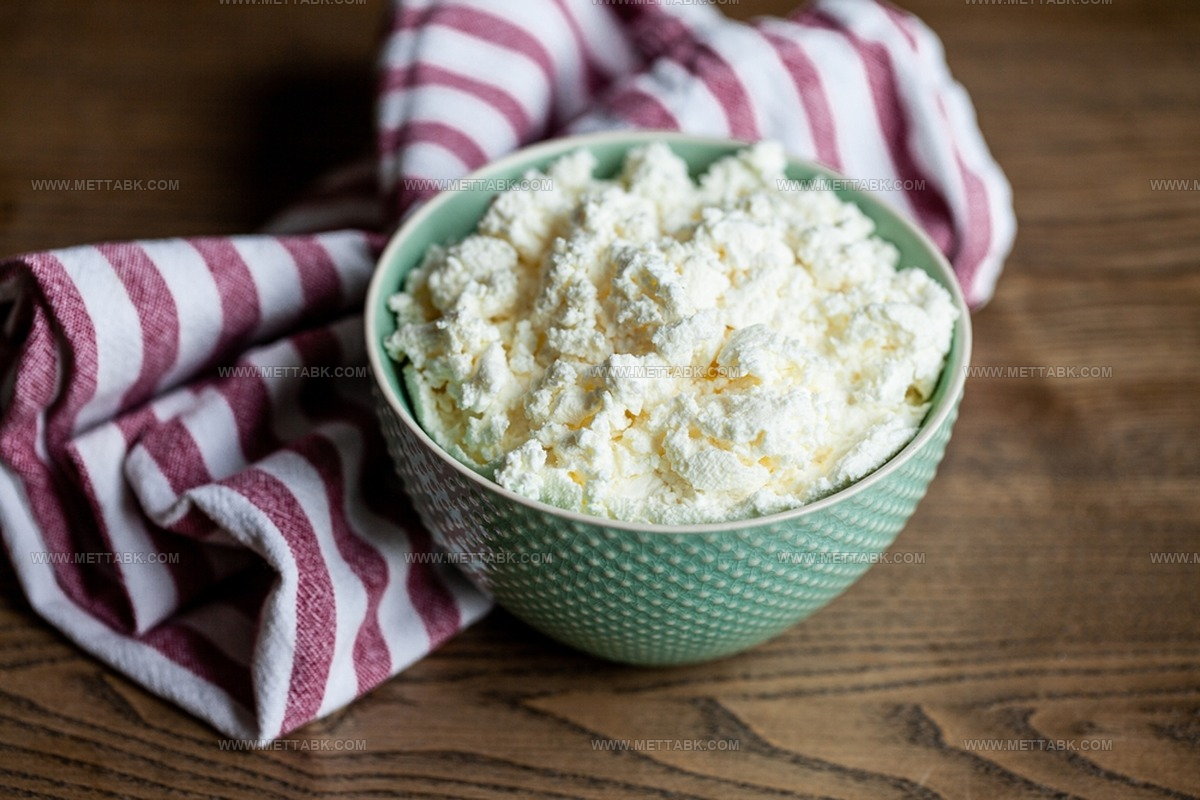
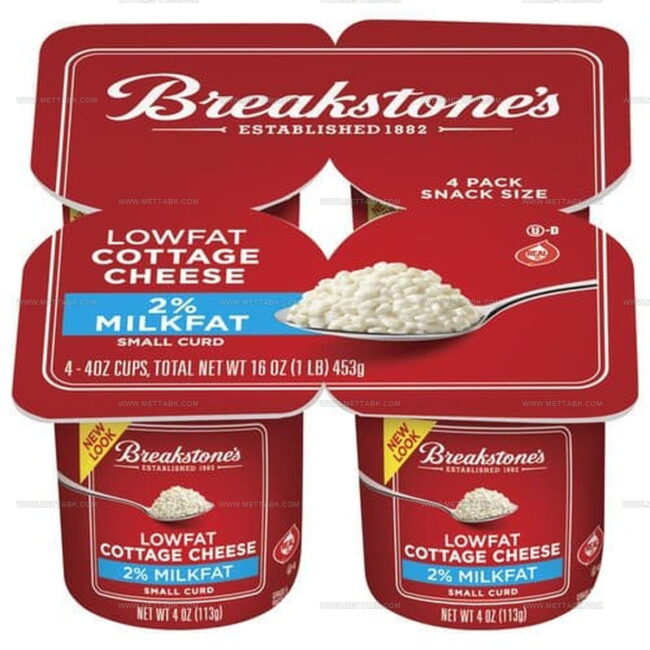
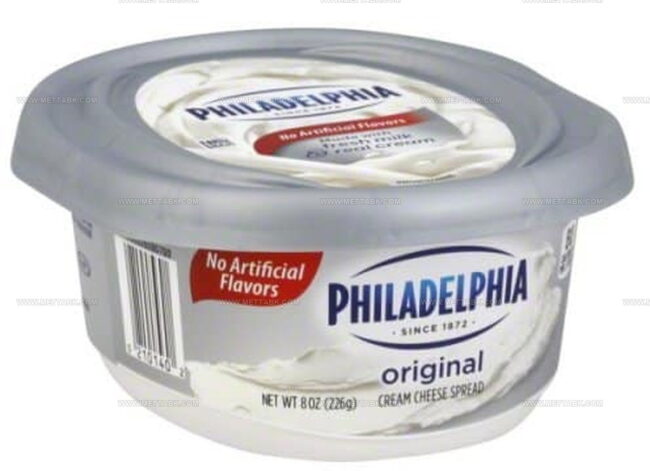
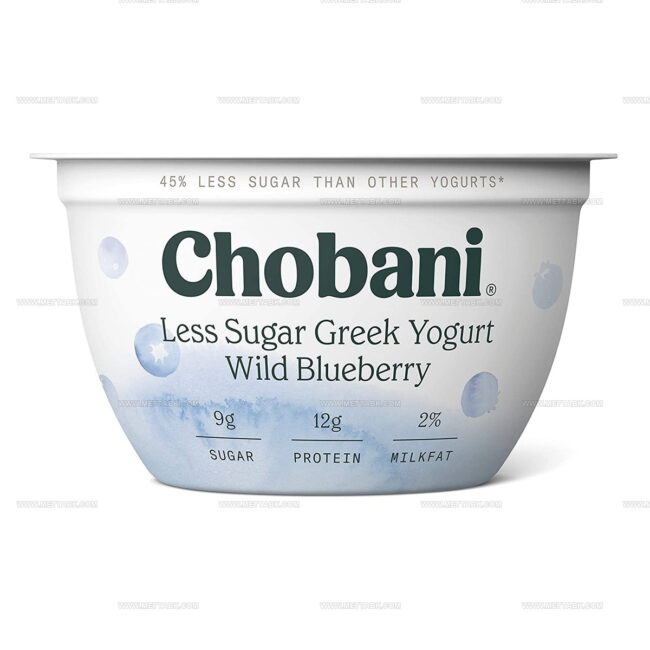
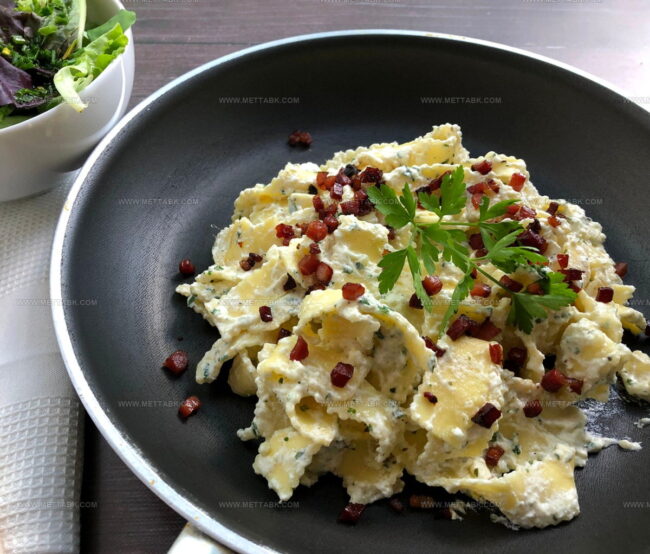

Nate Harper
Founder & Recipe Curator
Expertise
Single-Recipe Development, Farm-to-Table Cooking, Seasonal Menu Planning, Culinary Storytelling, Home Kitchen Innovation
Education
Cascade Culinary Institute – Central Oregon Community College
Certificate in Culinary Arts
Focus: Farm-to-table cuisine, sustainable cooking practices, and seasonal recipe creation.
Nate studied under experienced chefs who emphasized local sourcing, minimal waste, and building recipes from fresh, simple ingredients.
Nate Harper is the founder and creative force behind Make, Take, Bake. Raised in the wild beauty of Oregon’s high desert, Nate grew up surrounded by family gardens, farmers’ markets, and home kitchens that celebrated the seasons.
His early love for simple, honest food evolved into a professional passion when he attended Cascade Culinary Institute, where he sharpened his skills in creating recipes that are sustainable, satisfying, and made for everyday life.
Nate’s goal is to make cooking feel accessible, free of fuss, and full of flavor. He believes a single, thoughtfully built dish can stand alone, and sometimes even steal the show.